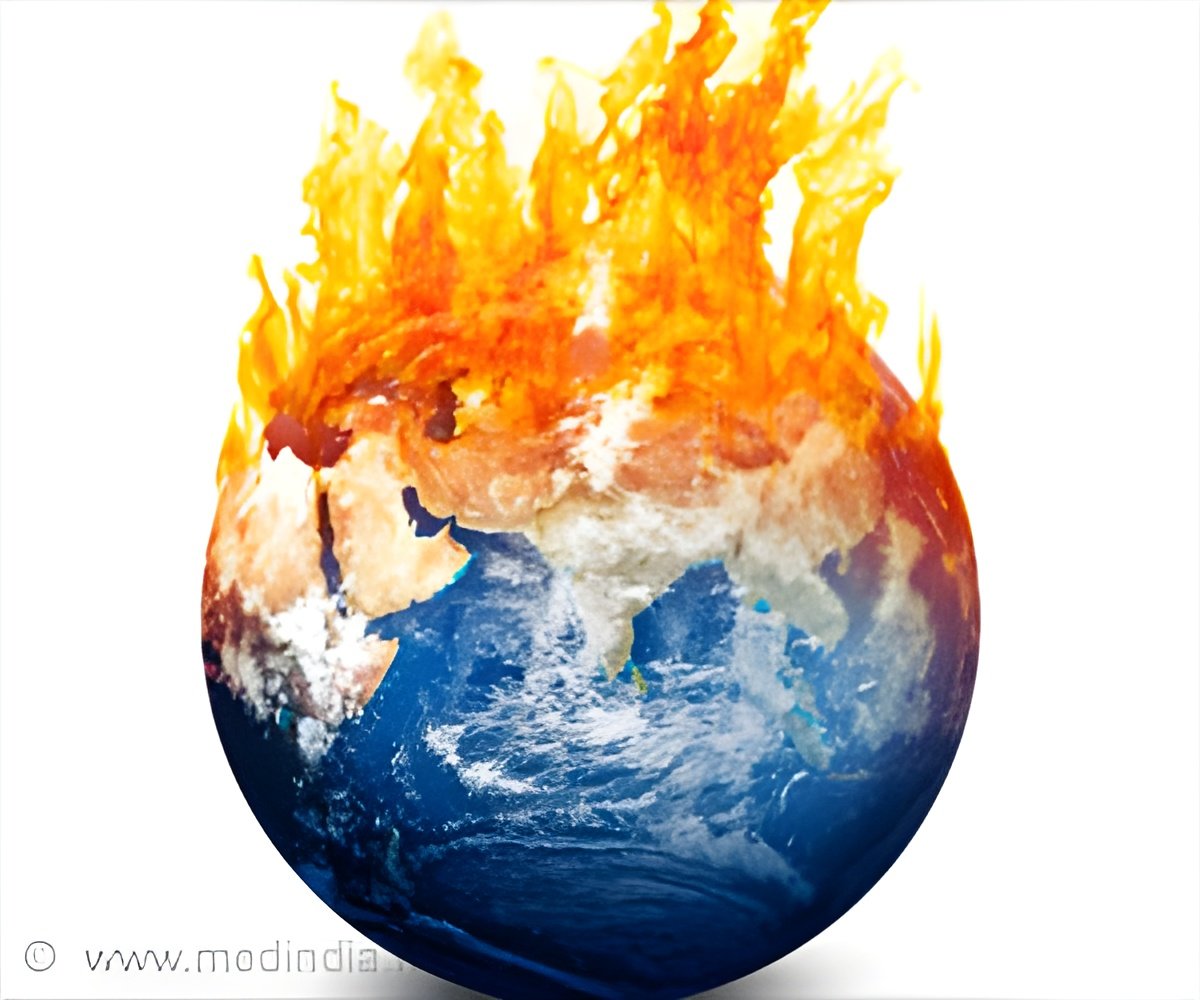
‘The rise and drop of sea level in the Pacific Ocean can be used to estimate future global surface temperatures, geoscientists have discovered.’
Tweet it Now
"Our prediction is through the end of 2016," said first author Cheryl Peyser, doctoral candidate in geosciences at University of Arizona in the US. "The prediction is looking on target so far," Peyser noted. Peyser and her colleagues used measurements of sea level changes taken by NASA/US National Oceanic and Atmospheric Administration (NOAA)/European satellites starting in 1993.
Using sea surface height rather than sea surface temperatures provides a more accurate reflection of the heat stored in the entire water column, co-author Jianjun Yin, Associate Professor of Geosciences at University of Arizona, said.
"We are the first to use sea level observations to quantify the global surface temperature variability," Yin said.
When sea level in the western Pacific rises more than average - as it did from 1998 to 2012 - the rise in global surface temperatures slows, showed the study published online in the journal Geophysical Research Letters.
Advertisement
Yin was surprised to find the Pacific Ocean plays such an important role in the global surface temperature.
Advertisement
The next step, he said, is figuring out the mechanisms that allow the Pacific to change the global surface temperature so quickly.
Source-IANS









